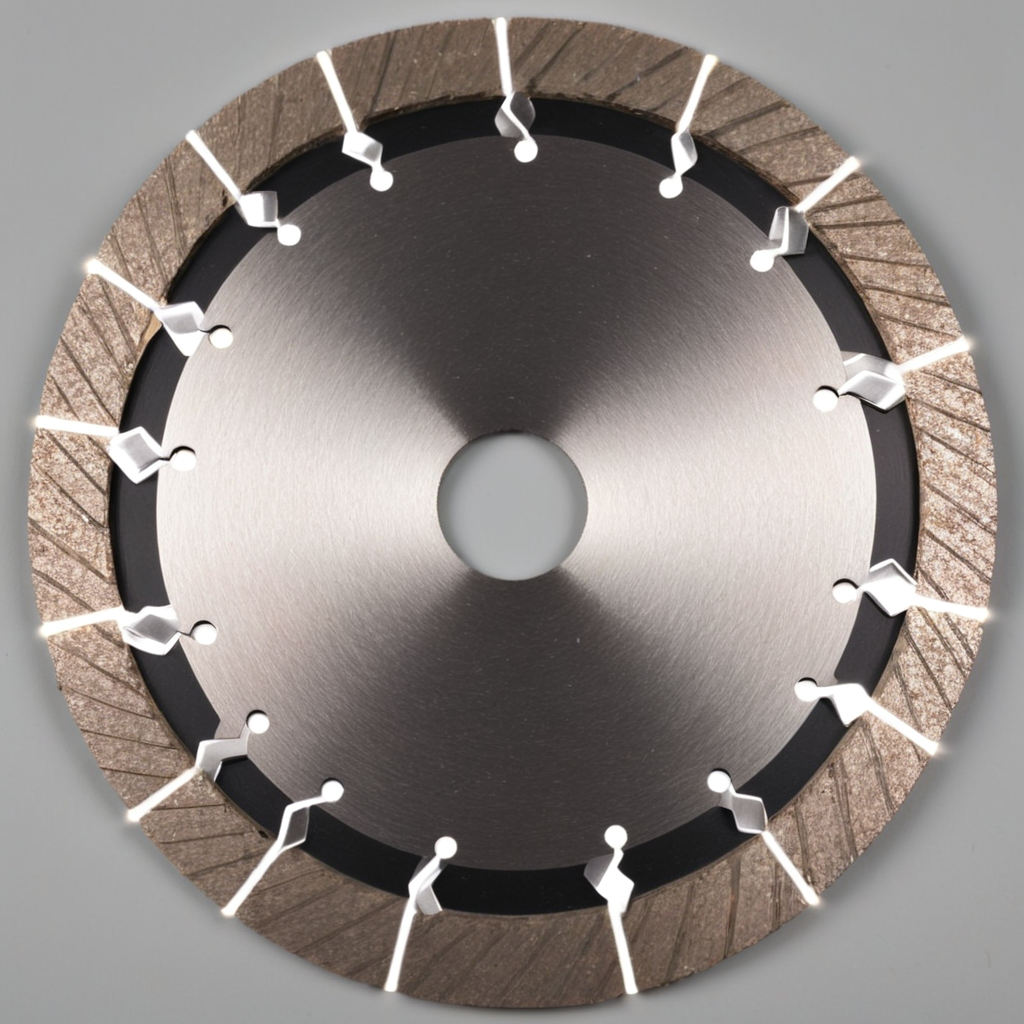
Using diamond blades in construction projects requires careful handling and adherence to safety protocols to maximize efficiency and ensure longevity of the blades. Here are the essential do’s and don’ts to consider when using diamond blades:
Do’s:
- Choose the Right Blade for the Material: Select diamond blades specifically designed for the material you are cutting (concrete, asphalt, stone, etc.). Different blades are engineered with varying bond strengths and diamond concentrations to optimize cutting performance.
- Inspect Blades Before Use: Before starting any cutting job, inspect the diamond blade for cracks, damage, or wear. Replace worn-out or damaged blades promptly to prevent safety hazards and ensure efficient cutting.
- Use Proper Safety Equipment: Wear appropriate personal protective equipment (PPE) including safety glasses, hearing protection, gloves, and respiratory protection if cutting generates dust. Ensure all equipment, including the saw, is properly maintained and in good working condition.
- Follow Manufacturer’s Guidelines: Adhere to the manufacturer’s recommendations regarding blade RPM (revolutions per minute), arbor size, and maximum cutting depth. Exceeding these specifications can lead to blade damage or injury.
- Keep Blades Cool: Use water or a coolant to keep the diamond blade cool during cutting operations, especially for prolonged use or when cutting hard materials. Overheating can damage the diamonds and weaken the bond, reducing cutting efficiency.
- Feed Rate and Pressure: Maintain a consistent feed rate and avoid excessive pressure when cutting. Let the diamond blade do the work; forcing the blade can cause overheating, premature wear, and potential blade breakage.
- Cut in Stages for Depth: When cutting deep into materials, perform multiple passes rather than trying to cut the full depth in one pass. This approach reduces stress on the blade and allows for better control and accuracy.
- Clear Debris Regularly: Clear debris from the cutting area and inspect the blade periodically during cutting. Accumulated debris can obstruct cutting efficiency and cause overheating.
- Handle and Store Blades Carefully: Transport and store diamond blades carefully to avoid damage. Use blade guards or covers when not in use to protect the cutting edge and prevent accidents.
Don’ts:
- Don’t Use Excessively High RPM: Avoid operating diamond blades at speeds higher than recommended by the manufacturer. High RPMs can cause overheating, leading to premature wear and potential blade failure.
- Don’t Force the Blade: Applying excessive pressure or forcing the blade through the material can cause the blade to bind or kick back, posing safety risks and potentially damaging the blade.
- Don’t Dry Cut Certain Materials: Avoid dry cutting materials that generate excessive dust or heat, such as concrete or stone. Use water or a suitable coolant to lubricate and cool the blade during cutting operations.
- Don’t Ignore Signs of Wear or Damage: Inspect the blade regularly for signs of wear, such as reduced cutting efficiency, loss of diamonds, or visible cracks. Replace worn-out or damaged blades immediately to maintain cutting performance and safety.
- Don’t Overlook Safety Precautions: Always prioritize safety when using diamond blades. Avoid wearing loose clothing or jewelry that could get caught in the saw. Ensure the work area is clear of obstacles and bystanders are at a safe distance during cutting operations.
- Don’t Use Damaged Blades: Using damaged or worn-out diamond blades compromises cutting efficiency and poses safety risks. Replace blades that show signs of damage or wear to maintain optimal performance.
By following these do’s and don’ts, construction professionals can maximize the efficiency and lifespan of diamond blades while ensuring safe and effective cutting operations. Proper handling, maintenance, and adherence to manufacturer guidelines are essential to achieving successful outcomes in construction projects involving diamond blade usage.
Cedar Hill St. Louis Jefferson County Olivette Kirkwood Ballwin Arnold Franklin County St Charles County Fenton High Ridge Dittmer Creve Coeur
